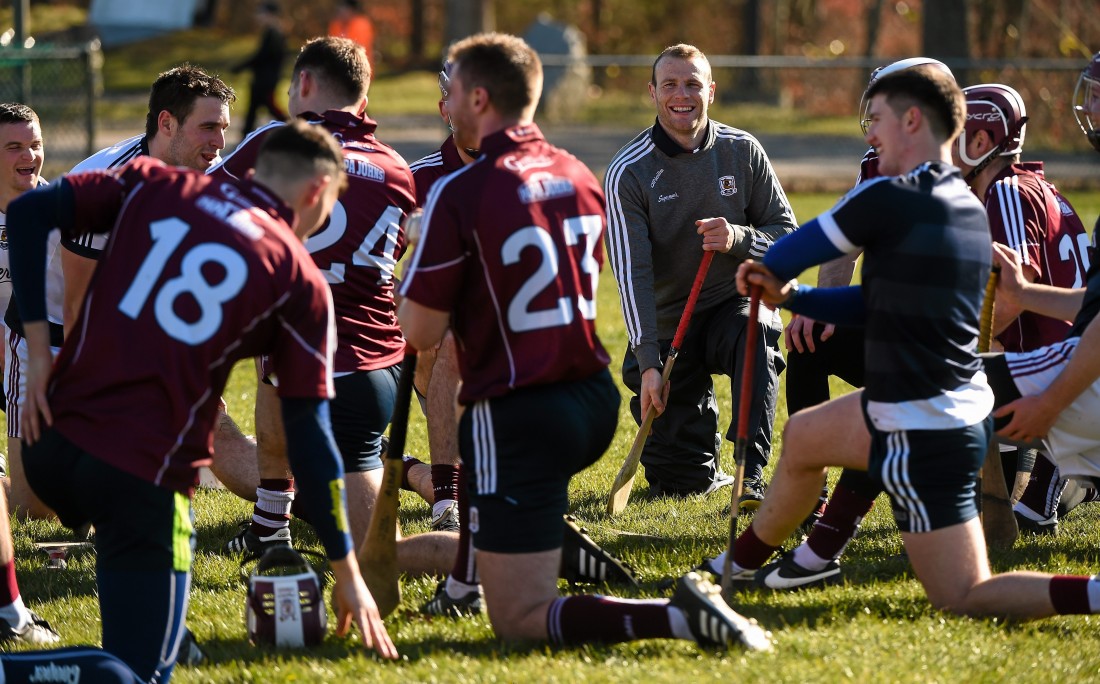FOLLOWING on from my most recent article, I had suggested that coaches should ease their players into pre-season with caution, to give players’ bodies time to adapt to the on-field.
Some players have now found themselves with a race against the clock to be ready for the first league game. For those players, it is important to let the injury heal before returning to action. If players don’t allow their bodies time to heal properly, evidence suggests that injuries are more likely to reoccur. Equally, managers should allow the injured player the recommended recovery time, without mounting external pressure on them to return. When the player does return, the increase in workload should be progressive to allow for muscle adaptions.
Without blaming management teams, a contributor to these injuries may be down to poor workload management. Injury spikes are consistently detected during periods of increased training volume following a break from organised training. This has been evidenced in recent weeks with physios reporting record enquiries following a return to club training.
What is a Key Performance Indicator?
Key performance indicators (KPIs) refer to a set of quantifiable measurements, used to assess an athletes’ overall long-term performance. KPIs are useful for both players and coaches.
Coaches should look at assessing the training and competition list and identify the key performance indicators (KPIs). KPIs should be subjective and objective, whilst examining both the training and playing requirements of the sport.
If coaches want to assess the overall training load which their team is experiencing at any given time, they can examine the below.
A coach could examine the following:
1. Monitor training and competition weekly.
2. Volume of training hours.
3. Rest days.
4. Daily wellness.
This list is not just applicable to coaches, but players could also use it as an aid to alert them to over-training and fatigue.
These KPIs will allow coaches to alter the training load which their team is experiencing, depending on the time of year, and the stage of competition.
For youth athletes, try to use their age to guide the weekly training and competition volume. With a hectic youth schedule in place in a lot of counties, some athletes could find themselves playing games two or three times a week at various age groups. Coaches should try to take this into consideration.
It is important for youth coaches to be flexible, as these young athletes could easily become excessively overloaded and may experience burnout, which will undoubtedly increase the risk of injury.
External Factors which affect recovery and performance
A number of other external factors which may have a huge factor on injury and fatigue are sleep quality, recovery, motivation, and ultimately performance.
Stress from outside of sport
As coaches, we often forget that athletes have a life outside of the sport. Players often are trying to juggle non-sporting activities and external stressors such as work, friends, school, financial, and family. These external factors all play a large role in determining an athlete’s readiness to train or compete at their optimal level.
It is useful for coaches to try and monitor the athlete’s ‘freshness’. Coaches should try to harness an environment where players feel comfortable admitting that they feel fatigued, tired, or simply need a short break.
Sleep
On average, most humans need seven to eight hours sleep per a night although as an athlete, someone who stresses their muscles and burns high amounts of energy, may need at least nine to 10 hours per night in order to adequately recover. For youth athletes, they may require between 10 to12 hours sleep per a night.
When we sleep our bodies release the growth hormone. This hormone, when stimulated, helps our bodies to grow new muscles, repair damage tissues, strengthen bones, and even helps fat burning.
Most athletes and coaches don’t realise that by increasing their rest they can improve their performance immensely, which would cut down on the need for extra training.
Food
Athletes can optimise their recovery by consuming the appropriate amount of calories to meet their lifestyle and sporting needs. Players should emphasize high-quality, nutritious meals to aid the bodies recovery. Plan a recovery meal and shake within an hour after completing your pitch or gym session. Within these meals you should focus on hitting your protein and carb intake. Aim to hit at least 1.6 grams per a kg of protein per a day.
Top tips
I would highly recommend using a simple questionnaire to monitor athlete’s wellness and readiness to train and compete.
Coaches should increase the weekly training volume very gradually when wellness measures reflect a positive adaptation to load.
Players should remember that when sleep quality is good and stress levels are low, they are more likely to perform at a higher level.
Finally, remember that it’s hugely important to find that balance between training, recovery, sleep, nutrition and life outside of football.
For more advice or tips on how you can improve your game this season please contact myself on 07851158364 or social media Core Performance Gym.
Receive quality journalism wherever you are, on any device. Keep up to date from the comfort of your own home with a digital subscription.
Any time | Any place | Anywhere












